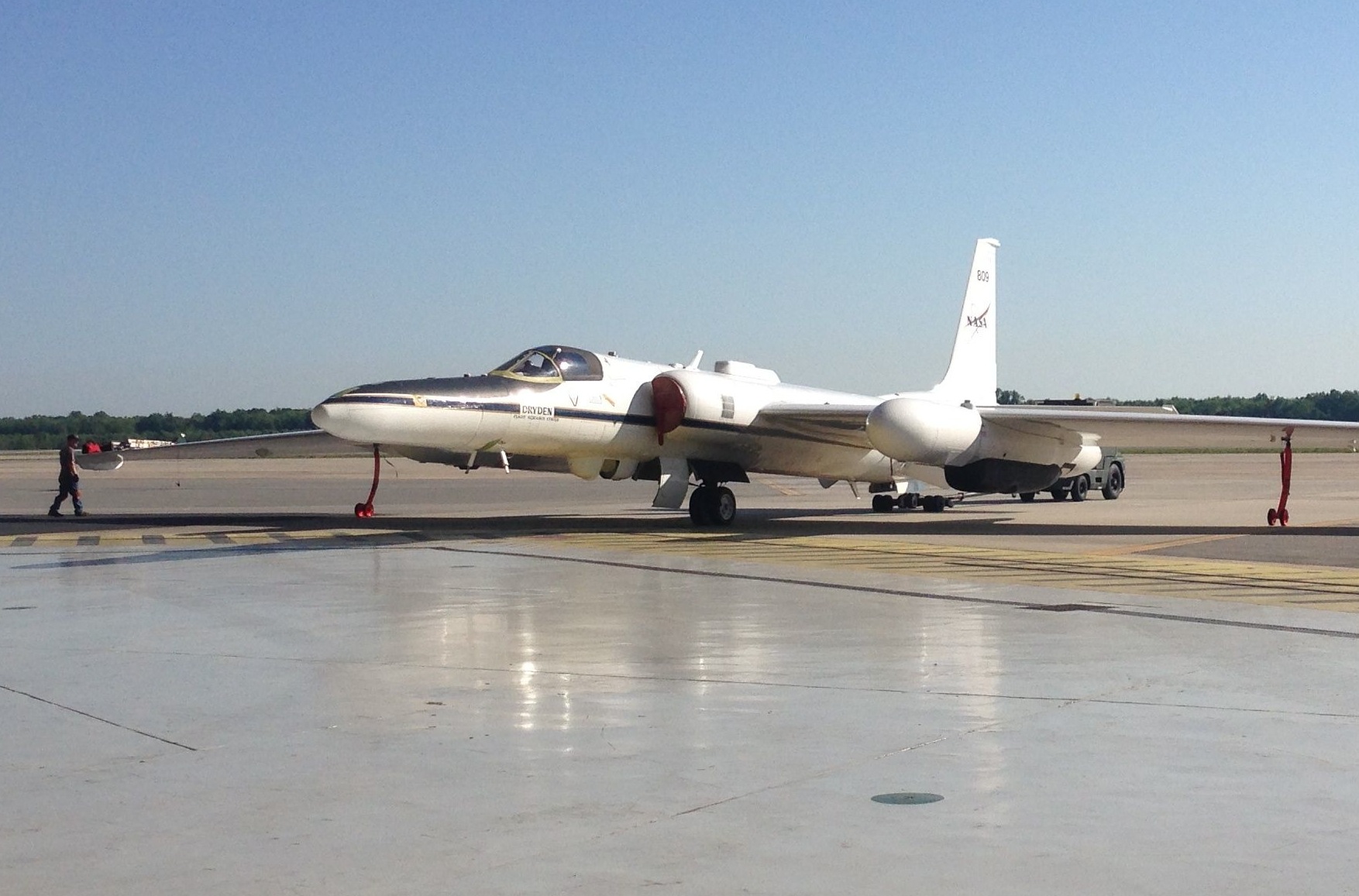NASA's ER2 Plan in the IPHEx Field Campaign

HIWRAP is under the wing in the black compartment; the Cloud Radar System is under the other wing and is not visible; and the EXRAD radar is in the extended nose cone.

HIWRAP is under the wing in the black compartment; the Cloud Radar System is under the other wing and is not visible; and the EXRAD radar is in the extended nose cone.
Profile of Steve Nesbitt, a professor of Atmospheric Sciences at the University of Illinois and a mission scientist on GPM ground validation field campaigns. Nesbitt uses the data collected to improve the representation of cloud microphysical processes using radars, aircraft probes, and surface instrumentation in satellite precipitation algorithms to improve global precipitation estimates.
Video Text: